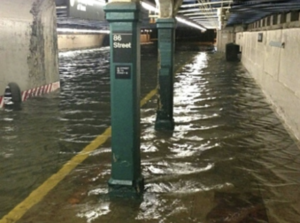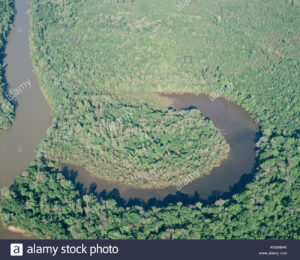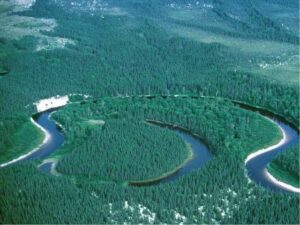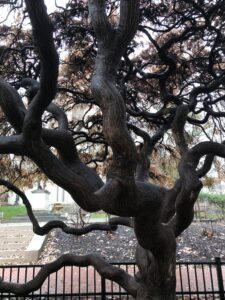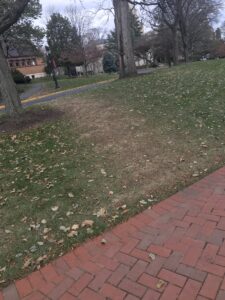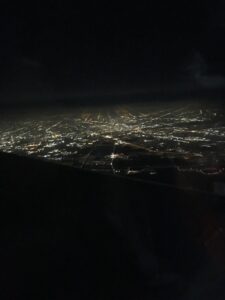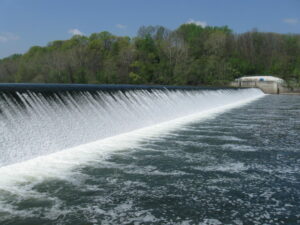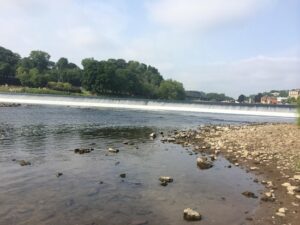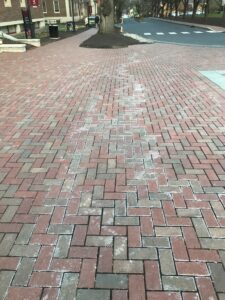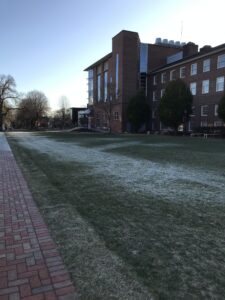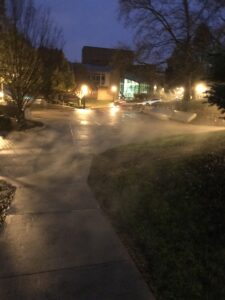
On my way down to the gym I spotted some steam rising out of the ground. The path that it took was almost like the river, it winded into the air, heavily affected by the wind. I’d highly suggest checking it out at night, it’s very pretty. Does anyone know why this forms?
